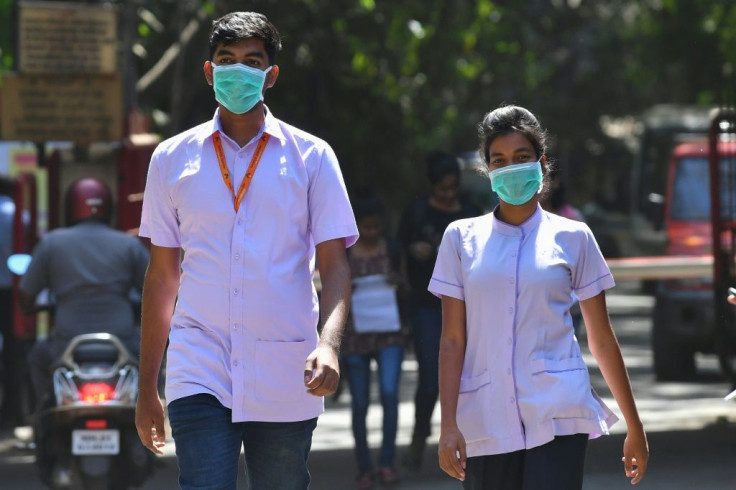COVID-19 Warning: Coronavirus Could Be Spread By Talking And Surprisingly, Even Breathing

KEY POINTS
- A limited study recently discovered the possibility that COVID-19 may be spread by breathing or talking
- The study gathered COVID-19 virus in the air in rooms where infected patients are being treated
- There are also COVID-19 viruses collected in the hallway outside the rooms of these patients
Since the onset of the COVID-19 outbreak in Wuhan, China, in Dec. 2019, there has been mixed opinion on how the virus spreads. The SARS-Covid virus is novel, and scientists find it “slippery” even at this point. A new report reveals that the novel coronavirus may spread when people talk, and scientists are now saying that it a facemask could help.
It looks like authorities are now singing a different tune when it comes to wearing a facemask. Earlier, the World Health Organization said that healthy people should not use a facemask. But, over the past week, several reports surfaced claiming that wearing a facemask could help prevent the spread of the virus and protect the wearer somehow.
One of these is from a team of scientists who recently found out the possibility of spreading the COVID-19 by merely talking or breathing. The National Academies of Sciences, Engineering, and Medicine recently shared new guidance about the deadly virus. It reveals that people infected with the lethal virus may exhale infectious bioaerosols, but when they do, it is not clear if the volume would be sufficient to infect another person.
In a letter drafted to answer the question raised by Droegemeier on the possibility of the virus spreading through conversation, Dr. Harvey Fineberg, the head of the committee, penned a letter to the Director of the White House Office of Science and Technology Policy Kelvin K. Droegemeier. Feinberg says, “The results of available studies are consistent with aerosolization of virus from normal breathing.”
To come up with an answer, the committee conducted a study in partnership with the University of Nebraska Medical Center. The team gathered air samples from several isolation rooms where COVID-19 patients were confined and treated. Pieces of evidence of the COVID-19 on surfaces were also considered.
The team discovered viral RNA in the air over six feet away from the patients. The virus was also found outside the patient rooms in the hallway. Interestingly, the team noted that during the collection of samples, none of the patients were coughing. According to the Professor of Pathology and Microbiology at the University of Nebraska Medical Center Joshua Santarpia, “You don’t have to be hacking, coughing ... in order to be producing a particle that at least has viral RNA in it.”
However, Fineberg says that “While this research indicates that viral particles can be spread via bioaerosols, the authors stated that finding infectious virus has proved elusive.” The Nebraska team is currently conducting other experiments to learn if the amount of virus in the that they were able to collect is dangerous.
© Copyright IBTimes 2025. All rights reserved.






















